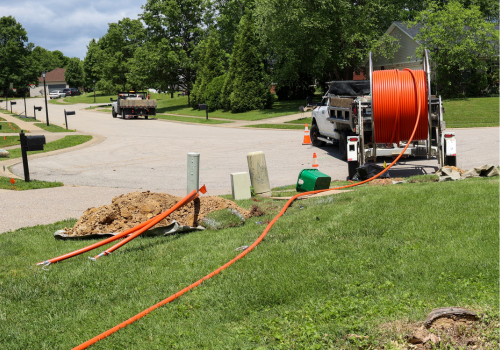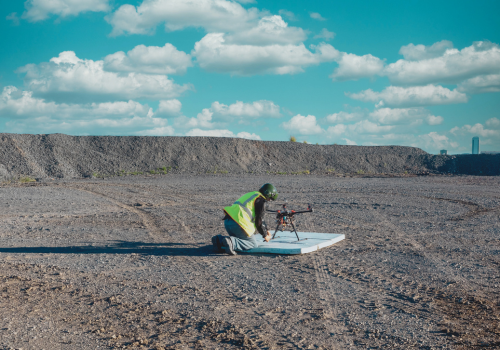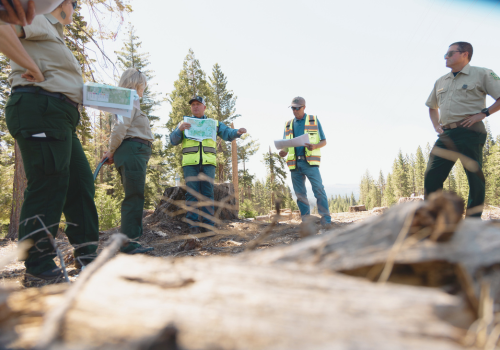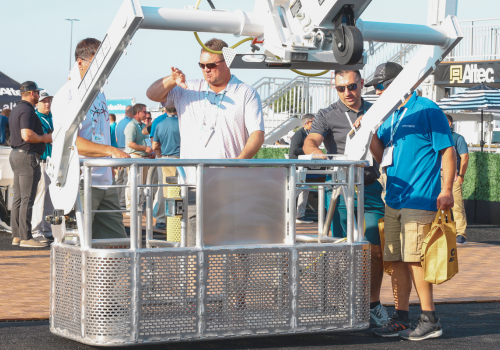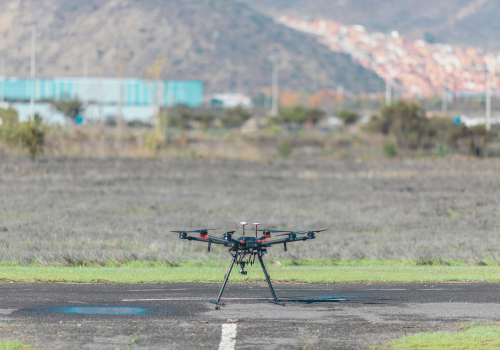When excavating or trenching, there are several hazards that onsite personnel and managers must avoid, however, the most damaging hazards are striking an underground utility and cave-ins.
Call before you dig
According to Common Ground Alliance (CGA)—a U.S.-based association dedicated to promoting effective damage prevention practices in the underground utility industry—there are between 400,000 and 500,000 utility strikes reported in the US each year.
It is required by law to call 811 before you dig and wait for the buried utilities to be marked before you proceed. However, nearly 25 percent of the reported utility strikes follow a failure to notify 811. According to a CGA industry survey, excavators indicate the biggest challenge is outdated utility maps and inaccurately performed line locates .
“The key reasons for utility strikes are inaccurate and unreliable data on underground utility infrastructure and a lack of real-time accurate warning for the excavating operator,” says Yuval Barnea, Vice President Sales & Marketing at RodRadar. “Despite industry’s efforts, utility strikes result in more than 100 billion dollars in damages globally, and the accelerated urbanization and infrastructure investments are not going to make it any easier to avoid them.”
Utility strikes affect communication lines just more than half the time, gas lines more than a quarter of the time, and the remaining is evenly split between cable TV lines and power lines.
Invisible infrastructure
Underground utilities can’t be seen and a lot of the data regarding the location and depth of underground utilities is inaccurate or absent.
Gopher State One Call completed in late 2022 a two-year pilot project called “PILOT: Improving Efficiency and Reducing Damages by Providing Ticket-Level Visualizations of Underground Facilities to Designers, Locators and Excavators”, which mapped the underground utilities for the state of Minnesota.
“From the pilot project, we proved this is scalable,” says Barb Cederberg, Chief Operations Officer at Gopher One State Call. “Now, we need to make the software more robust by adding accreditations, permissions, connections, and documentation. The platform is open source so people can easily create patches for importing and exporting data from other software.”
See below the surface in real-time
Existing ground penetrating radar (GPR) pre-project surveying solutions allow to scan the surface to try and locate underground utilities, however, these systems have limitations and require expert offline data interpretation. Even if the utility location is accurate, the survey usually does not include its depth, and the excavator operator may still hit them.
With RodRadar’s Live Dig Radar (LDR) excavator bucket, excavator operators can now scan the ground while they dig and get immediate alerts of all kinds of utilities, in all kinds of soil. The LDR Excavate is the first-ever ground penetrating radar (GPR) integrated into a digging bucket, detecting underground utilities in real time, and alerting the operator during excavation. The easy-to-understand scan results are displayed on an in-cabin display presenting all identified utilities within the “next digging bite” including position and depth range. That way, you can identify where it is and switch to a safer digging method, such as hand digging, to comply with state laws regarding the proper excavation of a utility.
When someone strikes a utility, work can be delayed for days, as the problem is resolved. Maybe hundreds of people go without communication lines or water as a result. Or, the excavator operator could cause an explosion at the point of the strike, which often results in serious injury or death. So, you should call 811 before you need to call 911.
Death by trench
The biggest myth regarding trench deaths is how people die. Most people assume they die from asphyxiation, but they actually die of blunt force trauma. Dirt is heavy; it crushes people.
Avoid trench collapses and cave-ins by educating yourself on the latest safety practices and equipment. Read Part 1926, Subpart P of the Code of Federal Regulations (CFR), which is available via the Occupational Safety and Health Administration (OSHA). It describes safe work practices, including trench collapse and cave-in information.
Also, protect workers in trenches by using trench boxes (or trench shields).
“Not all trench boxes are equal. Trench boxes can be heavy, difficult to handle, and require putting workers in precarious situations. There has been very little change to trench shields since the 1970s,” says Scott Smith, General Manager for Groundworks Safety Systems. “However, our company has revolutionized trench boxes by making them up to 40 percent lighter, less time-consuming to set up—about 15 minutes—and all assembly is done with workers ‘outside of the line of fire’. Three and four-sided box configurations are simple to build and save the underground contractor thousands of dollars in engineer-stamped drawings.”
Examine the earth
Soil type has a large influence on trench construction.
The earth at the edges of the trench or excavation should be classified (as either stable rock or as one of three soil types), to determine the qualities of the trench (cut angle, wall height, placement of excavated material, etc.).
One person designated by the company as a “competent person” is responsible for classifying the soil, as well as identifying:
- The condition of nearby structures
- The location of overhead and underground utilities
- The potential effects of nearby traffic on trench stability
- The presence of surface and groundwater
- The trench entry/exit points
- Equipment needs
- Weather changes
“The competent person holds a position of authority within the company. He or she is an employee who can recognize hazards associated with a particular task, and can mitigate those hazards,” says Smith.
Digging in an unsafe manner can also result in project delays and cost overruns so, from employees to managers to customers to government agencies—a lot of people are invested in the safety of your digging practices.
Subscribe to The Utility Expo monthly newsletter to receive more industry insights like this.


